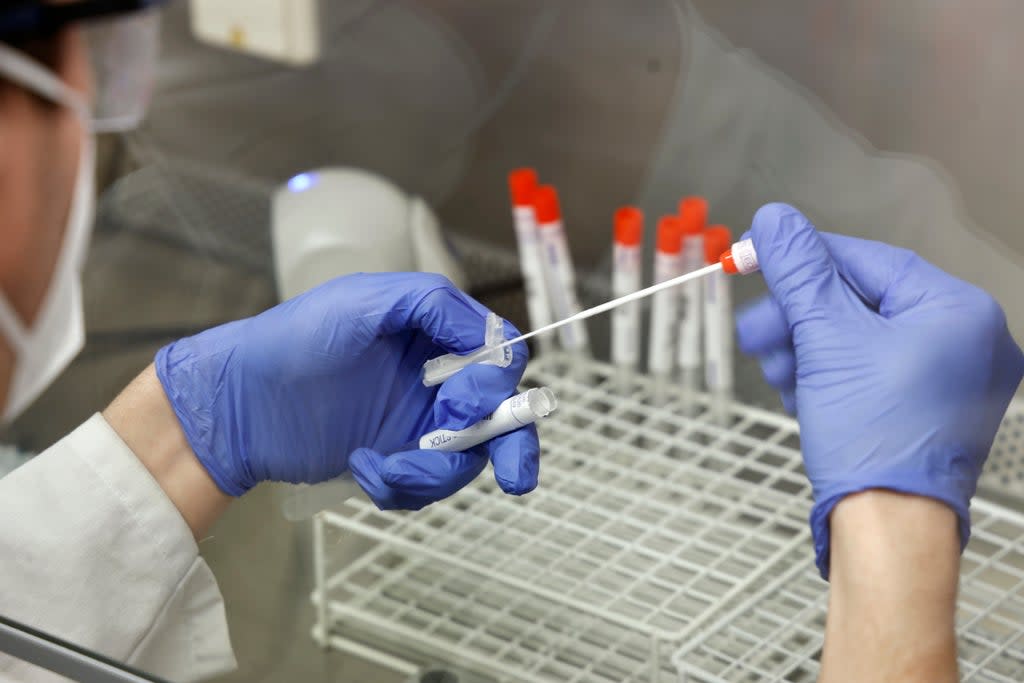New Omicron variants explained: Everything we know after Covid cases found in UK

Two new sub-variants of Omicron are being investigated by the World Health Organisation (WHO) to assess whether or not they are more dangerous or infectious than the original strain.
A few dozen cases of the sub-variants are being tracked with BA.4 and BA.5, sister variants of the original BA.1 Omicron variant, added to the WHO’s list for monitoring.
In recent weeks, the UK has been hit by a further spike in Covid-19 cases, with infections being driven by a sub-lineage of the Omicron variant known as BA.2 or “Stealth Omicron”.
Although the rapid increase in cases seems to be subsiding, cases remain high and the UK Health Security Agency (UKHSA) recorded 333,347 positive tests within seven days on 8 April.
A total of 1,475 deaths were also recorded and 16,407 people were admitted to hospital.
Covid continues to be prevalent around the world, with record cases seen in Shanghai in China where a new lockdown has been in force.
But what are the new sub variants of Omicron?
What are BA.4 and BA.5?
BA.4 and BA.5 are sub variants of the original Omicron variant of Covid-19 which has already mutated several times.
A few dozen cases of BA.4 have been reported in South Africa, Denmark, Botswana, Scotland and England.
Meanwhile, BA.5 cases have been reported in both South Africa and Botswana.
What are the symptoms?
Symptoms have been reported to be fairly mild. On Monday, Botswana’s health ministry said it had identified four cases of BA.4 and BA.5, all among people aged 30 to 50 who were fully vaccinated. They are said to be experiencing mild symptoms.
According to the ZOE Covid app, the most common symptoms being reported by patients with BA.2 - another sub type of the Omicron variant - at present are: runny noses, headache, sore throat and fatigue.
Other common Covid symptoms include sneezing, persistent cough, hoarseness, chills or shivers, unusual joint pains, fever, dizziness, brain fog, sore eyes, altered sense of smell, muscle pains, swollen glands, loss of appetite and chest pains.
How worried should we be?
The Omicron variant has already mutated several times into BA.1 and BA.2 (or “Stealth Omicron”) with sub-lineages feared to be more transmissible than its parent variant.
Professor Adrian Esterman, a former World Health Organisation epidemiologist, warned on social media: “Omicron BA.2 is about 1.4 times more infectious than BA.1. The basic reproduction number (R0) for BA.1 is about 8.2, making R0 for BA.2 about 12. This makes it pretty close to measles, the most contagious disease we know about.”
However, at present those with the new variants who have been vaccinated, seem to be experiencing mild symptoms. The WHO will continue to monitor the spread of the new sub variants.

